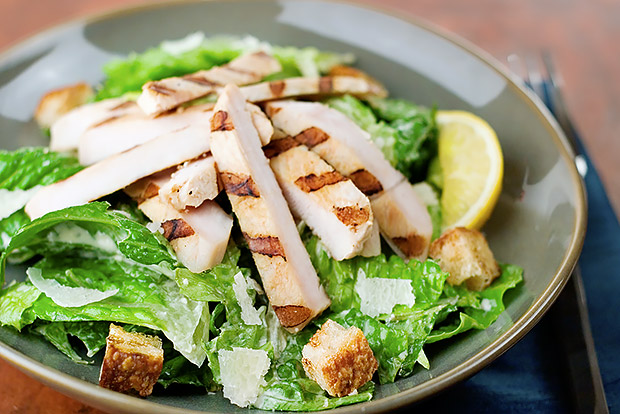
Not all types of dietary iron are created equally. Iron from a plant source is different than iron from an animal source, and certain foods can influence how iron is absorbed by your body. By understanding more about this mineral and carefully selecting the foods you eat, you can improve iron intake and availability.
Iron absorption
The availability of iron depends on its absorption rate. According to the National Institutes of Health (NIH):
- Overall, 10 – 15% of dietary iron is absorbed by healthy adults.
- The body absorbs 15 – 35 % of heme iron (animal sources), and this is not significantly influenced by other nutrients in your diet.
- The body absorbs 2 – 20% of non-heme iron (plant sources). This rate can be greatly influenced by other nutrients you eat.
Several food components can decrease your absorption of iron.
- Tannins and polyphenols found in tea, coffee, and cocoa
- Calcium found in dairy products and fortified foods
- Phytates found in legumes and whole grains
There are ways to increase your iron absorption.
- When non-heme iron (plant-based) is eaten with a source of heme iron (animals), this improves the absorption rate of the non-heme iron. According to the NIH, this will increase non-heme iron absorption up to three times.
- Vitamin C and other organic acids in fruits and vegetables boost the absorption rate of non-heme iron, according to the American Dietetic Association. Adequate vitamin C intake is especially important for vegans, who do not consume heme iron.
Tips for enhancing iron absorption
Carefully selecting food combinations and getting enough vitamin C are ways you can increase the amount of iron available for use in the body. Vitamin C can be lost due to heat from cooking and long storage, so choose fresh, raw sources most often. Meat-eaters should focus on combining animal-based foods with plant sources of iron for improved absorption.
Sources for heme iron:
- Chicken and beef livers
- Beef — chuck, 85% lean ground, and top sirloin
- Turkey and chicken, especially dark meat
- Light tuna canned in water
Sources for non-heme iron:
- Beans – kidney, lima, pinto, black, navy
- Tofu and other fermented soy-based foods
- Lentils
- Nuts and seeds
- Iron-fortified cereal
- Spinach
- Raisins
Sources for vitamin C:
- Bell peppers
- Berries
- Broccoli
- Cauliflower
- Citrus fruits
- Guava
- Melons
- Onion
- Pineapple
Creatively combining foods can increase the iron absorbed from what you eat. Here are a few ideas for iron-rich meals.
- Eat an orange with your breakfast cereal each morning, or top your cereal with sliced strawberries.
- Make a tuna salad using light canned tuna, kidney beans, vegetables such as green onions or celery, and herbs such as parsley. Dress it with lemon juice and a drizzle of extra virgin olive oil.
- Choose lentils as a side dish for lean beef or poultry, or make a soup with lentils and shredded chicken or beef.
- Top a fresh spinach salad with sliced bell peppers, red onions, strawberries, and a citrus vinaigrette.
- Eat tofu with a fresh broccoli salad, or follow it with melon or pineapple for dessert.
Iron plays a role in the production of proteins responsible for oxygen transport in the body, and it is involved in cell growth and development. Many factors influence dietary iron needs, but the NIH recommends men aged 19+ and women aged 51+ get 8 mg of iron per day. Women aged 19 to 50 need 18 mg per day.



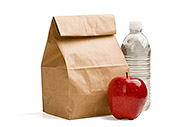 3 Healthy Lunches for Your Work Week
3 Healthy Lunches for Your Work Week
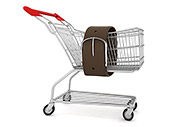 5 Tips for Stretching Your Budget for Healthy Food
5 Tips for Stretching Your Budget for Healthy Food
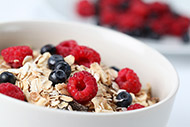 Best Ways to Reduce Added Sugar
Best Ways to Reduce Added Sugar
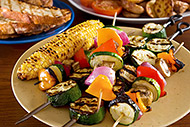 Healthy Tips to Lighten Up Picnic Foods
Healthy Tips to Lighten Up Picnic Foods
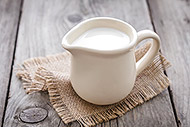 Do You Need to Drink Milk?
Do You Need to Drink Milk?
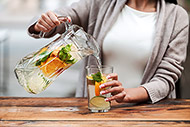 Tips to Keep Track of Water Intake
Tips to Keep Track of Water Intake
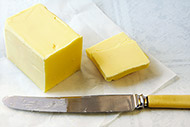 Butter vs. Margarine: What’s the Best Choice?
Butter vs. Margarine: What’s the Best Choice?
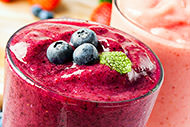 Healthy Snacks for Weight Loss
Healthy Snacks for Weight Loss
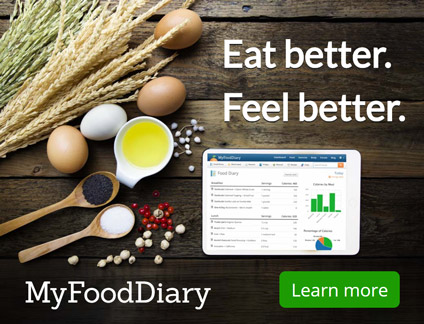
 Pinterest
Pinterest RSS Feed
RSS Feed